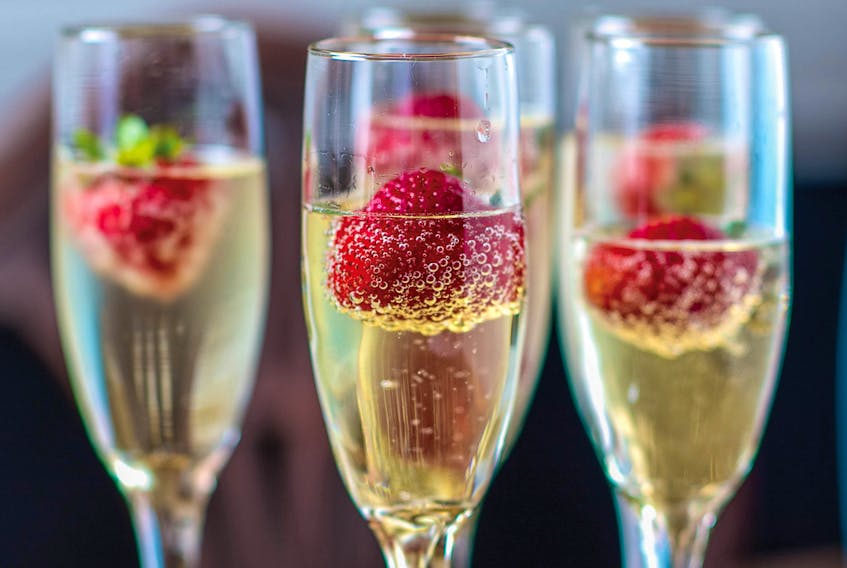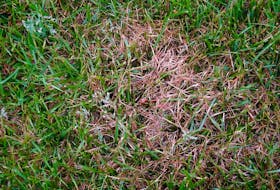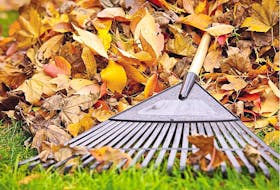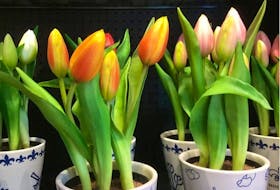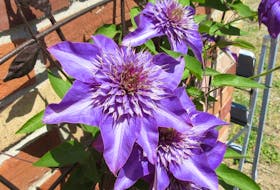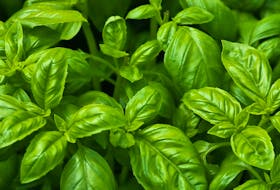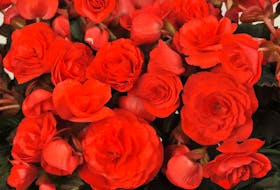As midnight approaches on New Year’s Eve, revellers anxiously anticipate toasting the arrival of a new year with a glass of something bubbly. Once the cork is popped and the drinks are poured, the party can truly begin. Although revellers may assume any fizzy beverage they are served is champagne, by the true definition of the word, they actually may be drinking something else — one of many varieties of sparkling wine.
True champagne
Authentic champagne is named after Champagne, France, the region where the grapes used to make it are grown, fermented and bottled. According to European law, the only labels that are allowed to include the name Champagne must be bottled within 100 miles of this region, which is close to Paris.
The taste of champagne is unique thanks to the soil in which the grapes are grown. It is a mineral-rich soil and imparts that flavour into the beverage. Champagne is made from a unique base of grapes that include Pinot Noir, Pinot Meunier and Chardonnay grapes. Experts with Wine Country also say that roughly 90 per cent of all blended champagnes use a ratio of 2-3 red and 1-3 Chardonnay mixes.
Another component that sets champagne apart is the process by which it is made. It is strictly controlled by the Appellation d’Origine ControlEe. This certification dictates how a producer may grow the grapes and how the grapes can be harvested and processed. Champagne is produced by mŽthode champenoise, a process that is said to have been invented by a monk named Dom Perignon. This procedure involves double fermentation in bottles and creates an earthy, yeasty flavour.
Sparkling wines
Champagne is sparkling wine, but not all sparkling wines are champagne. Other notable types of sparkling wine include Italian Prosecco and Spanish Cava. Sparking wine is produced in regions of France as well as in the United States and Canada. But sparkling wine can be made just about anywhere grapes are grown. Sparkling wines are often double-fermented in steel containers instead of bottles.
People are drawn to other sparkling wines besides champagne for various reasons. For some, cost is a heavy consideration, as authentic champagne can be considerably more expensive than sparkling wine. In addition, some people find less expensive champagnes are not as palate-pleasing as sparkling wines.
Few things are more universally associated with celebrations than a bottle of bubbly. Subtle differences set sparkling wines apart from champagne, but personal preference is oftentimes the deciding factor when choosing which beverage to choose for a special occasion.

